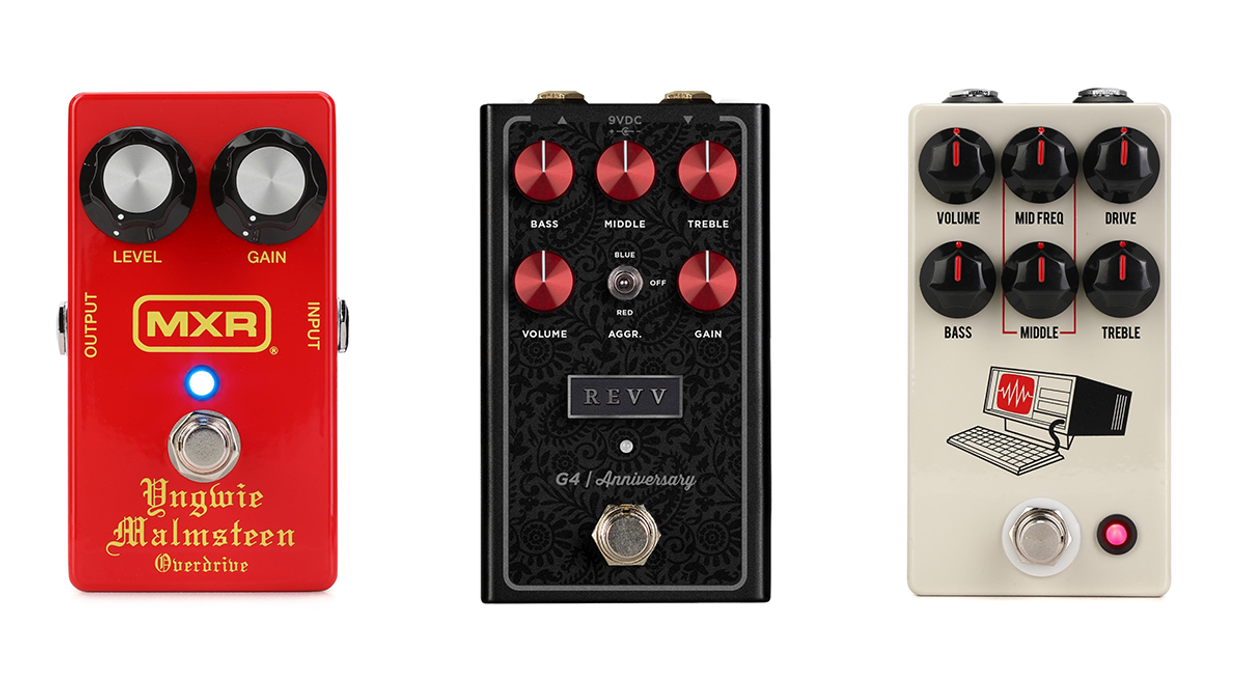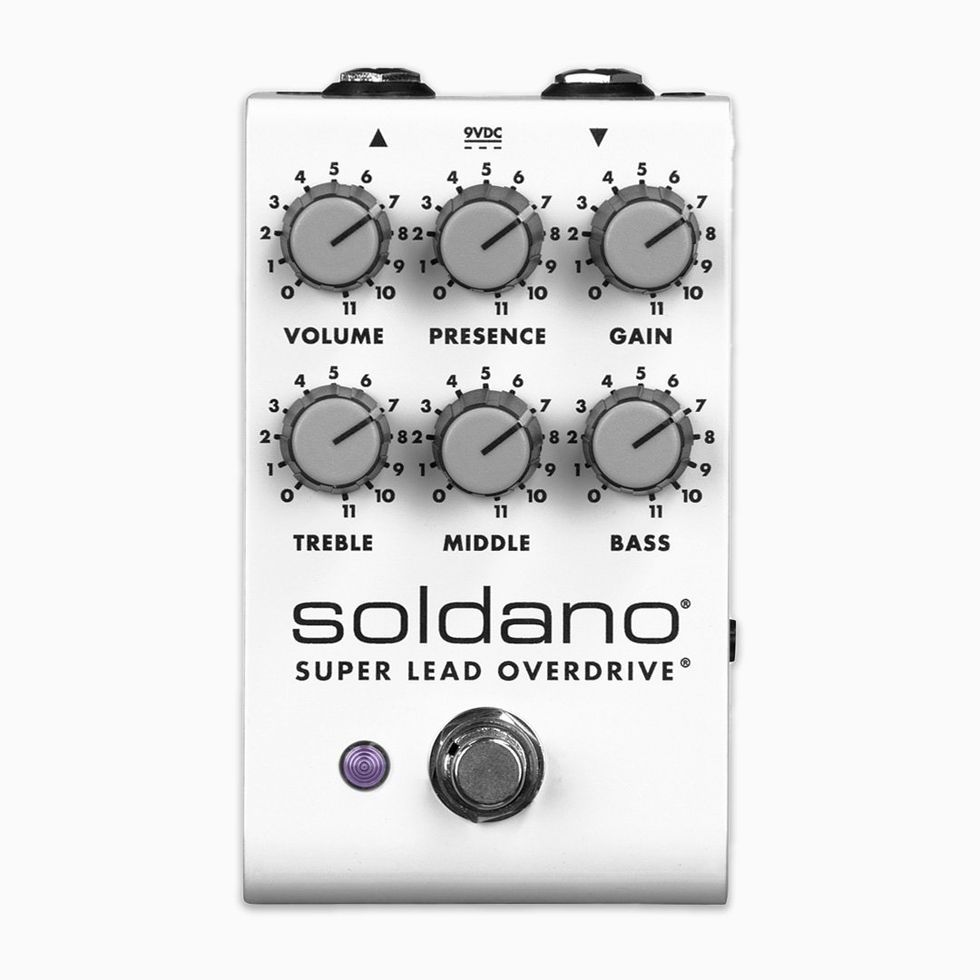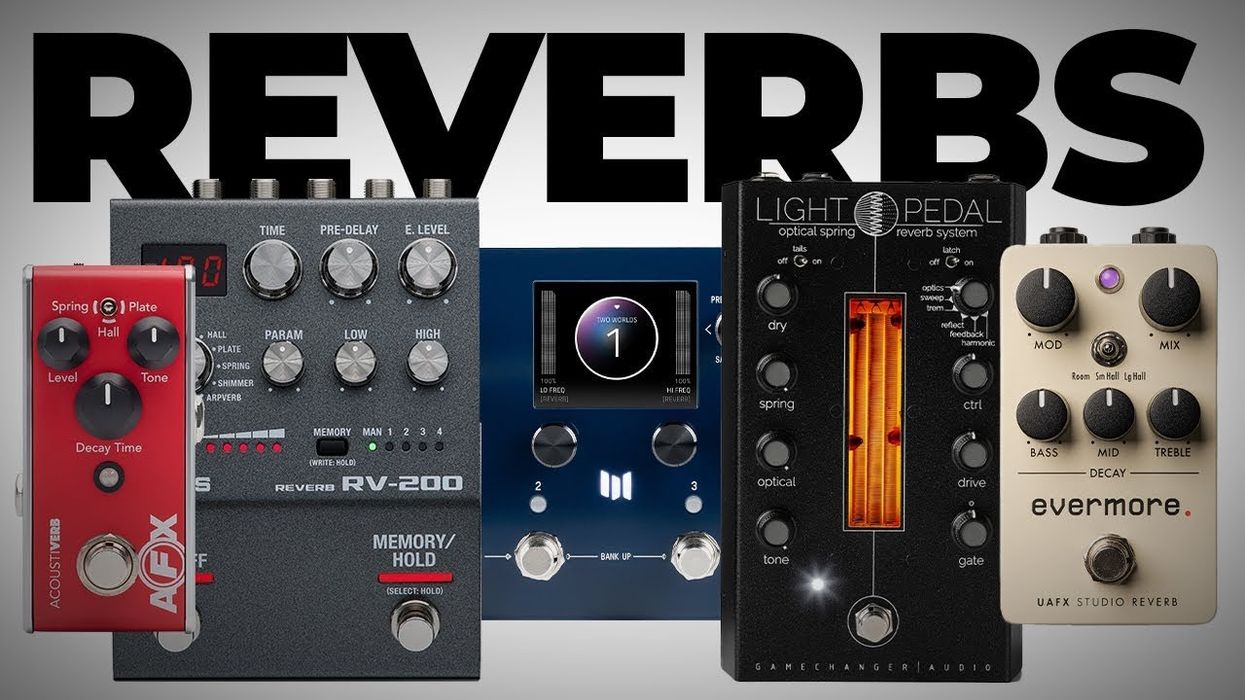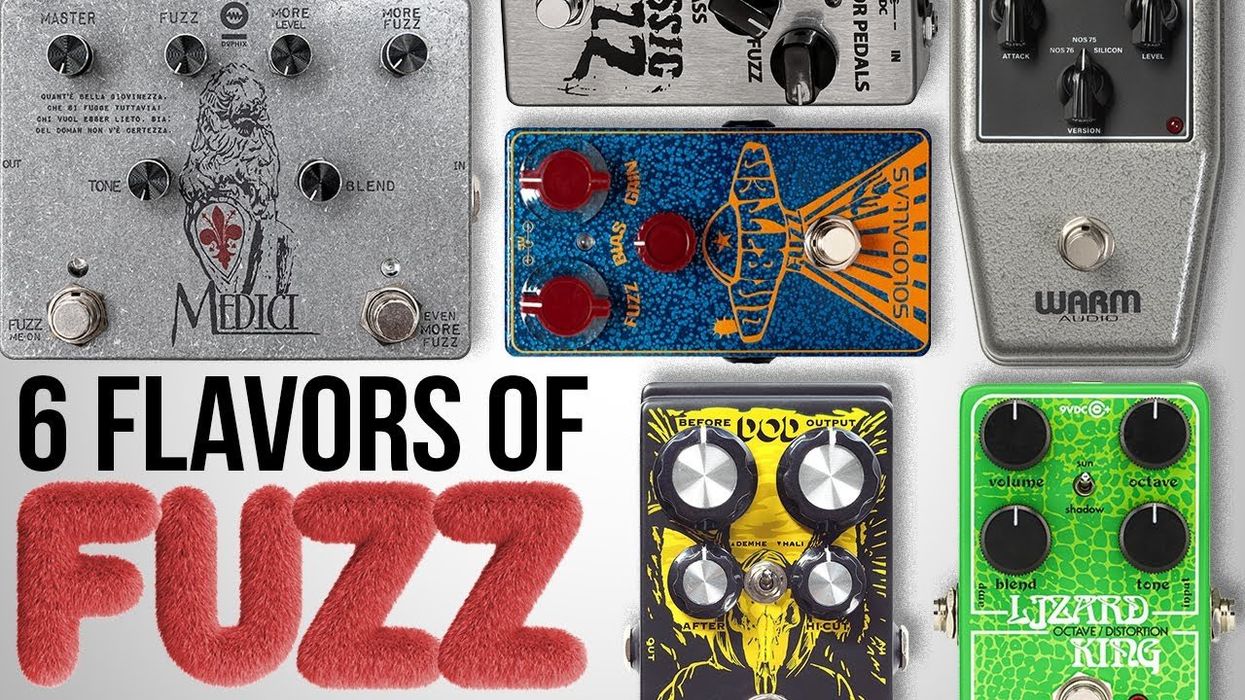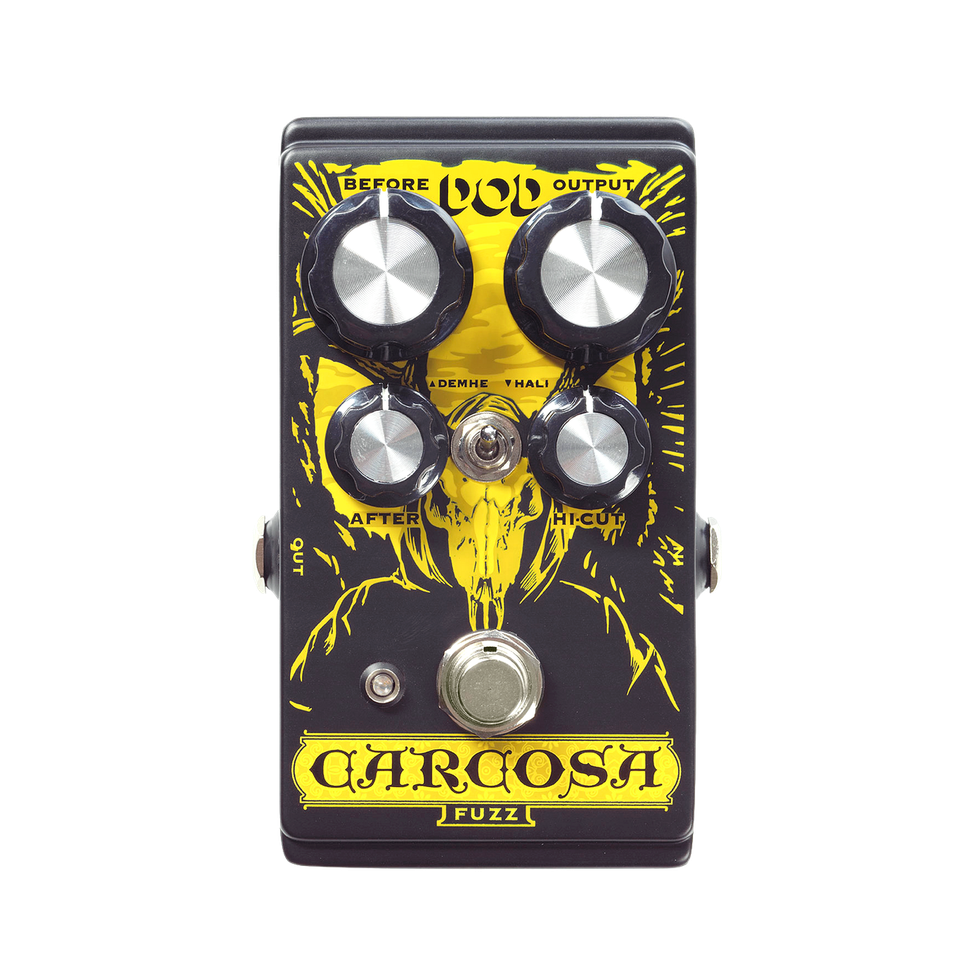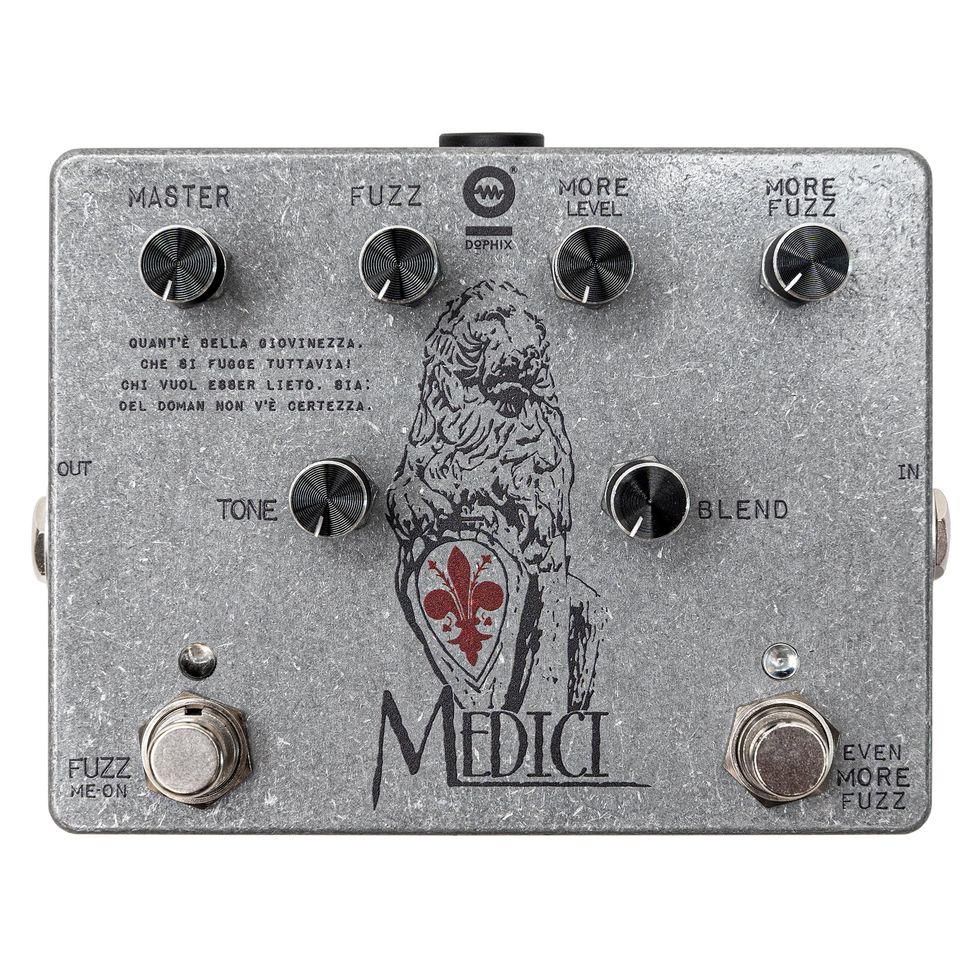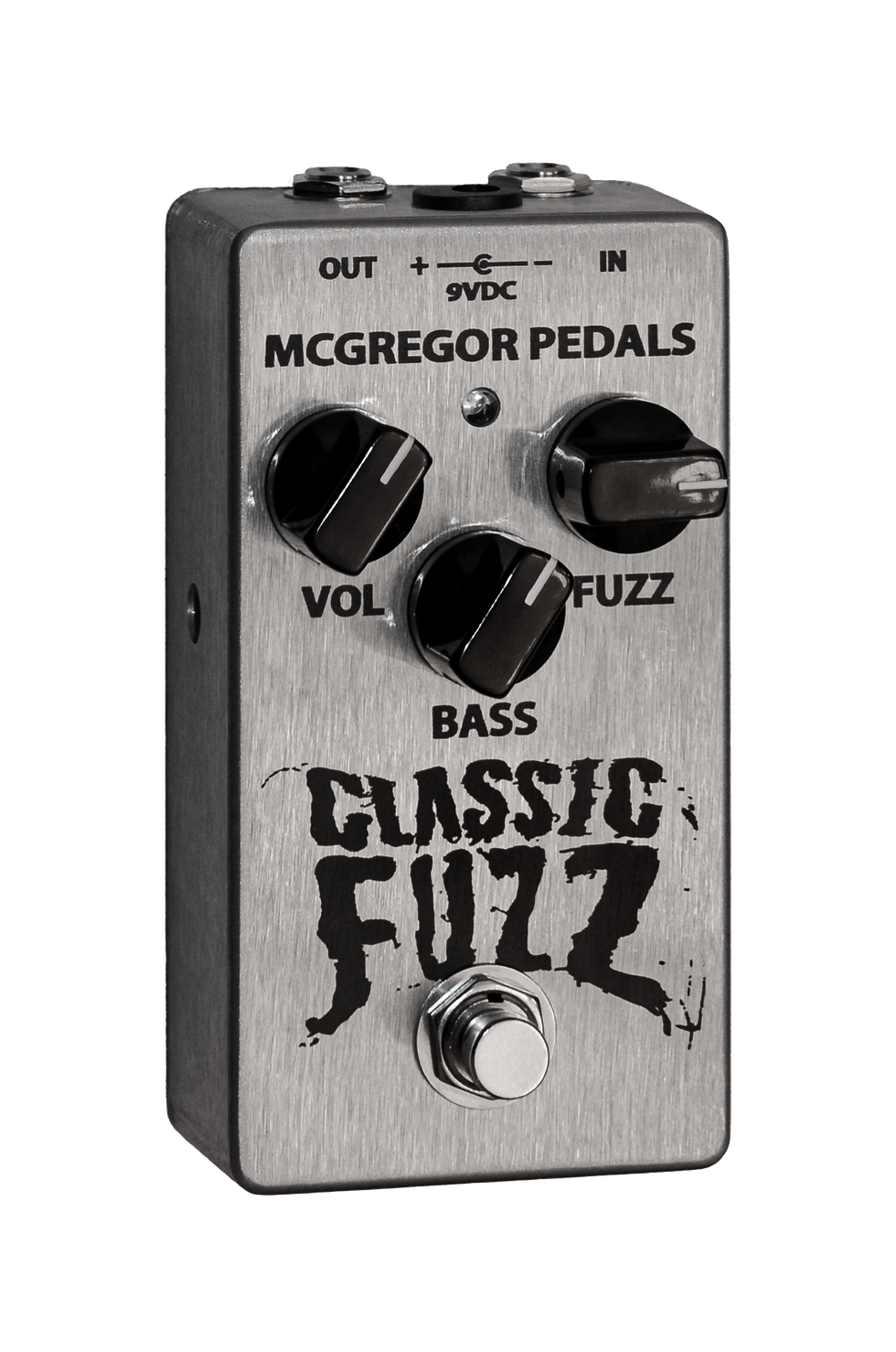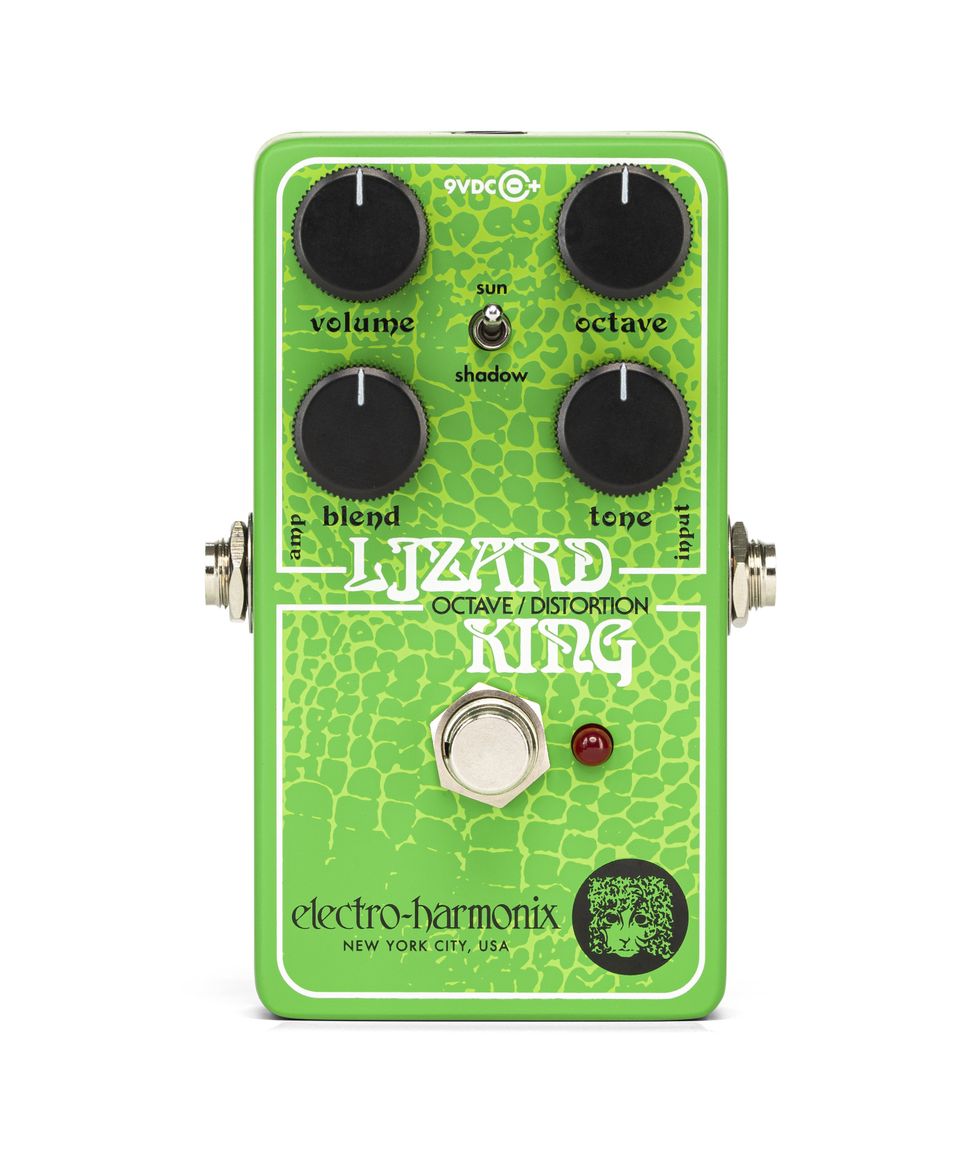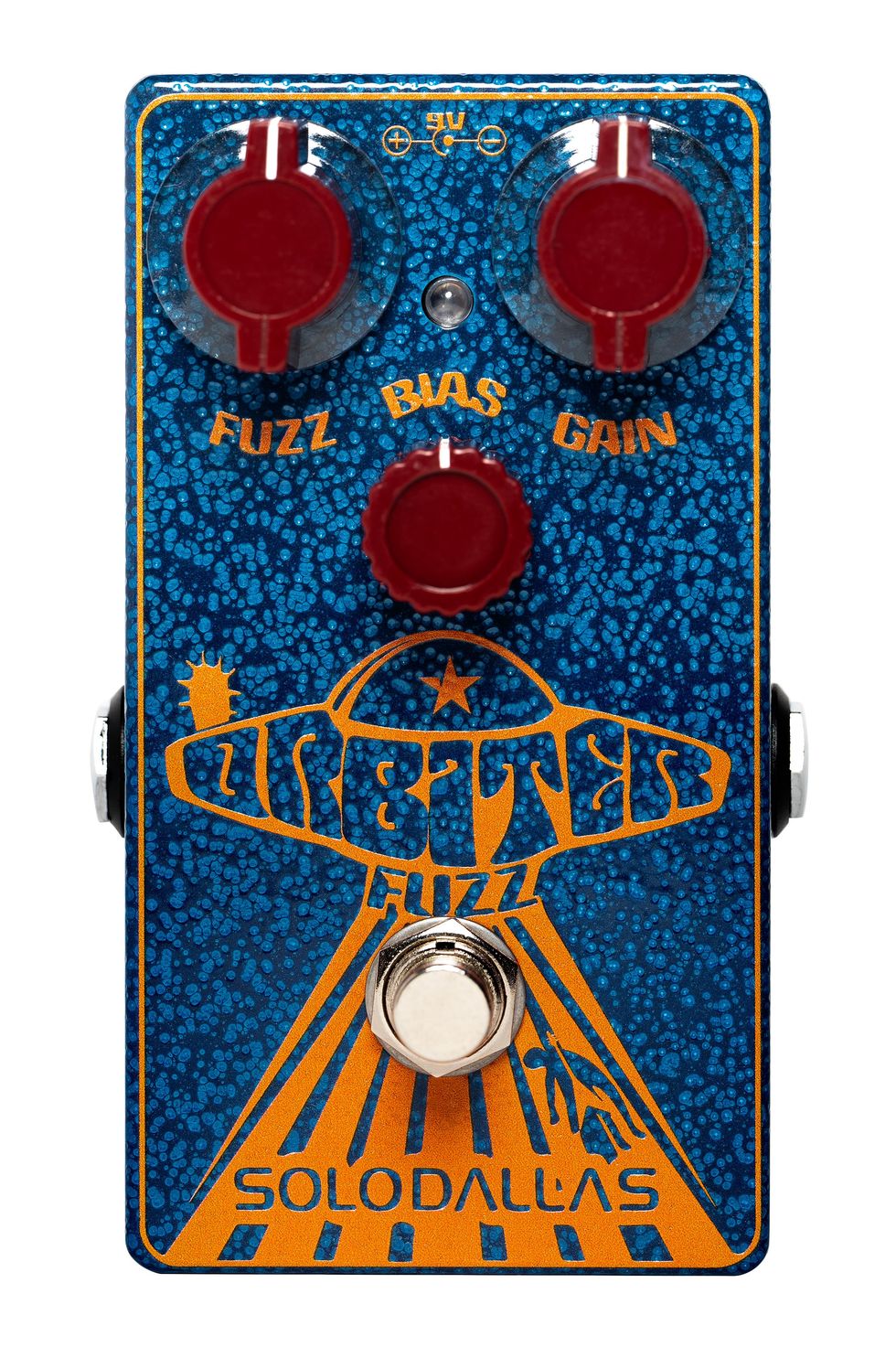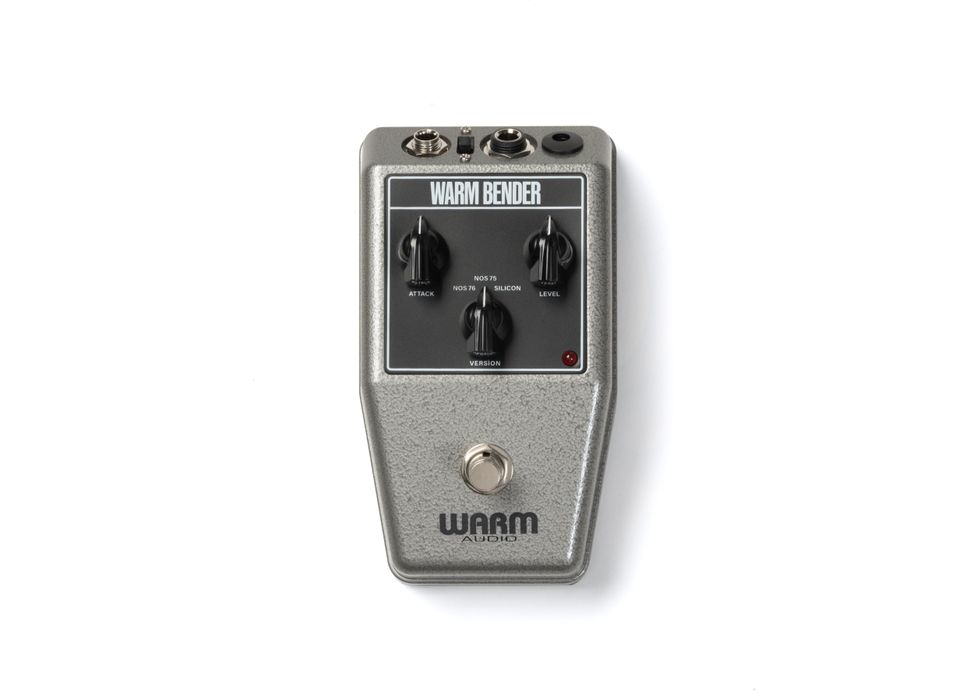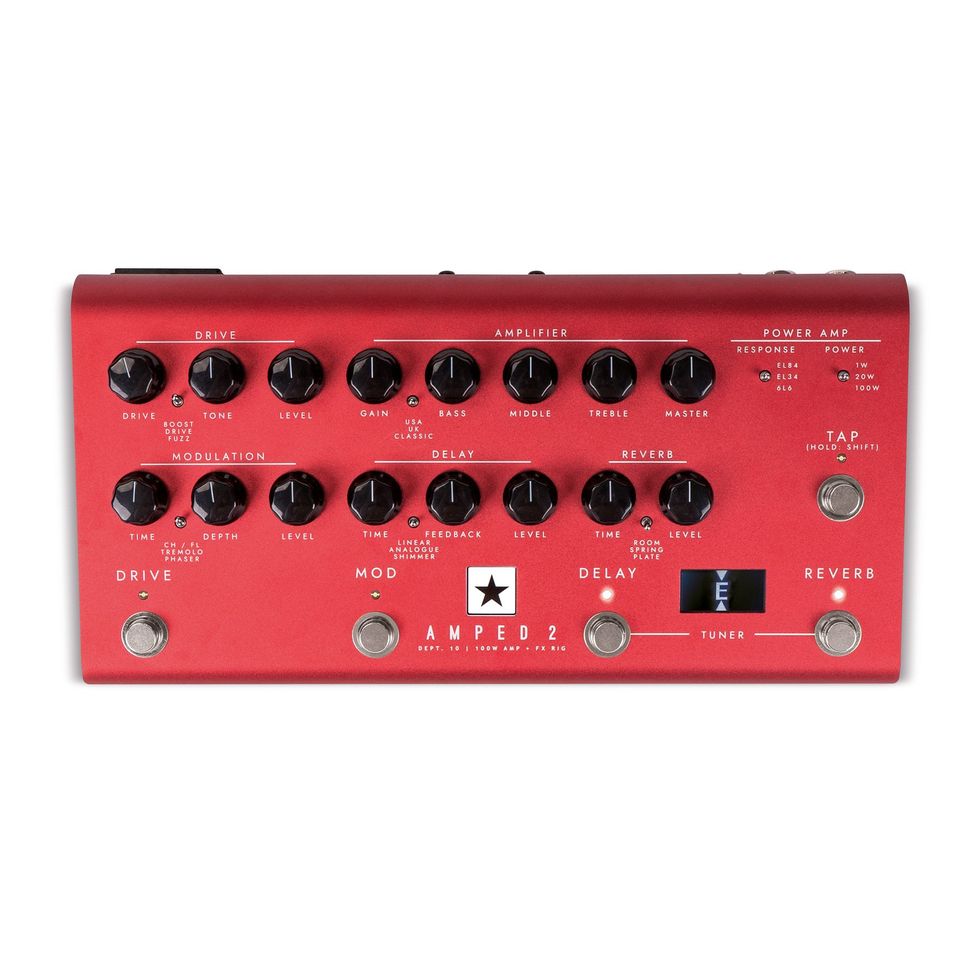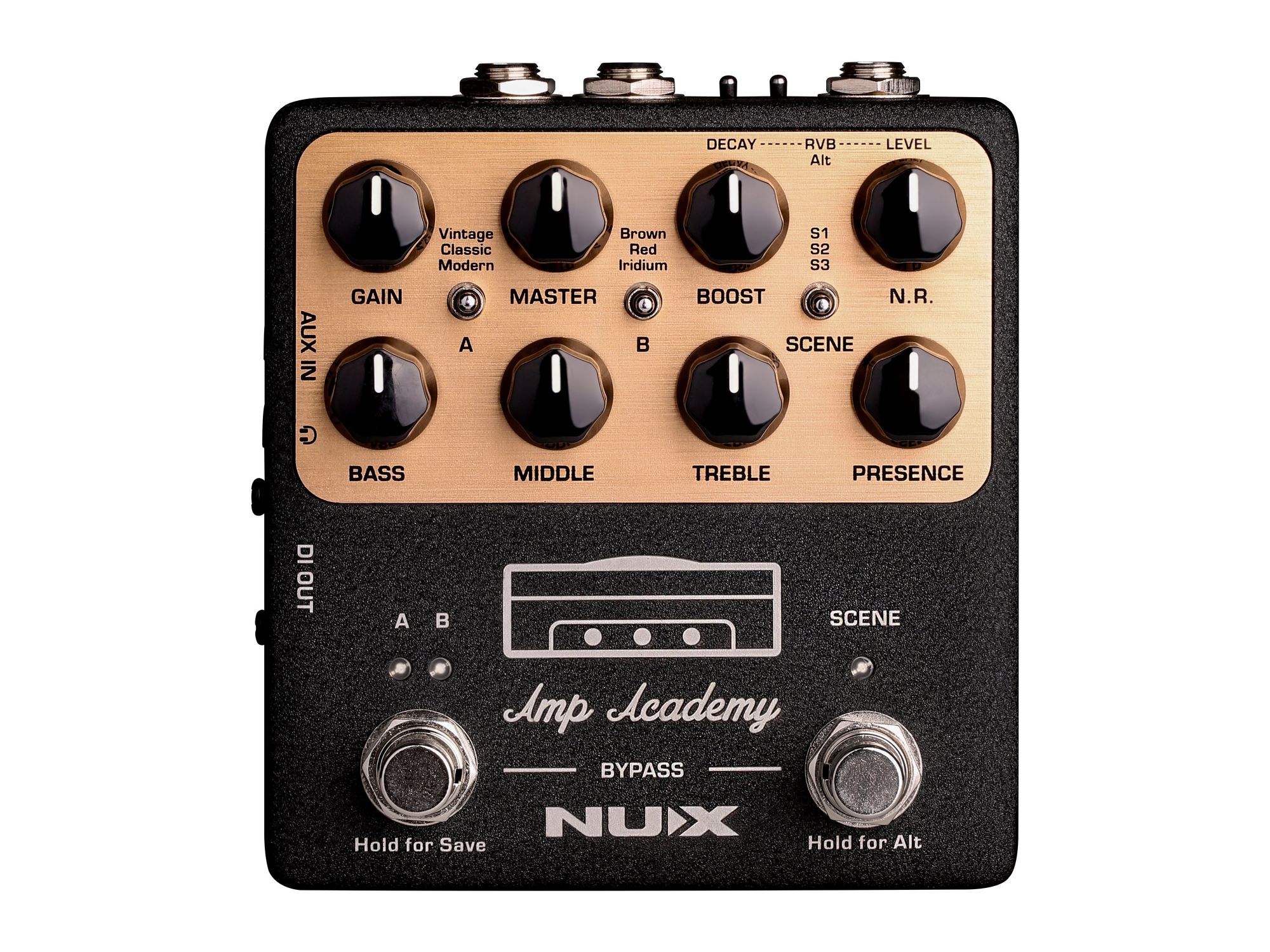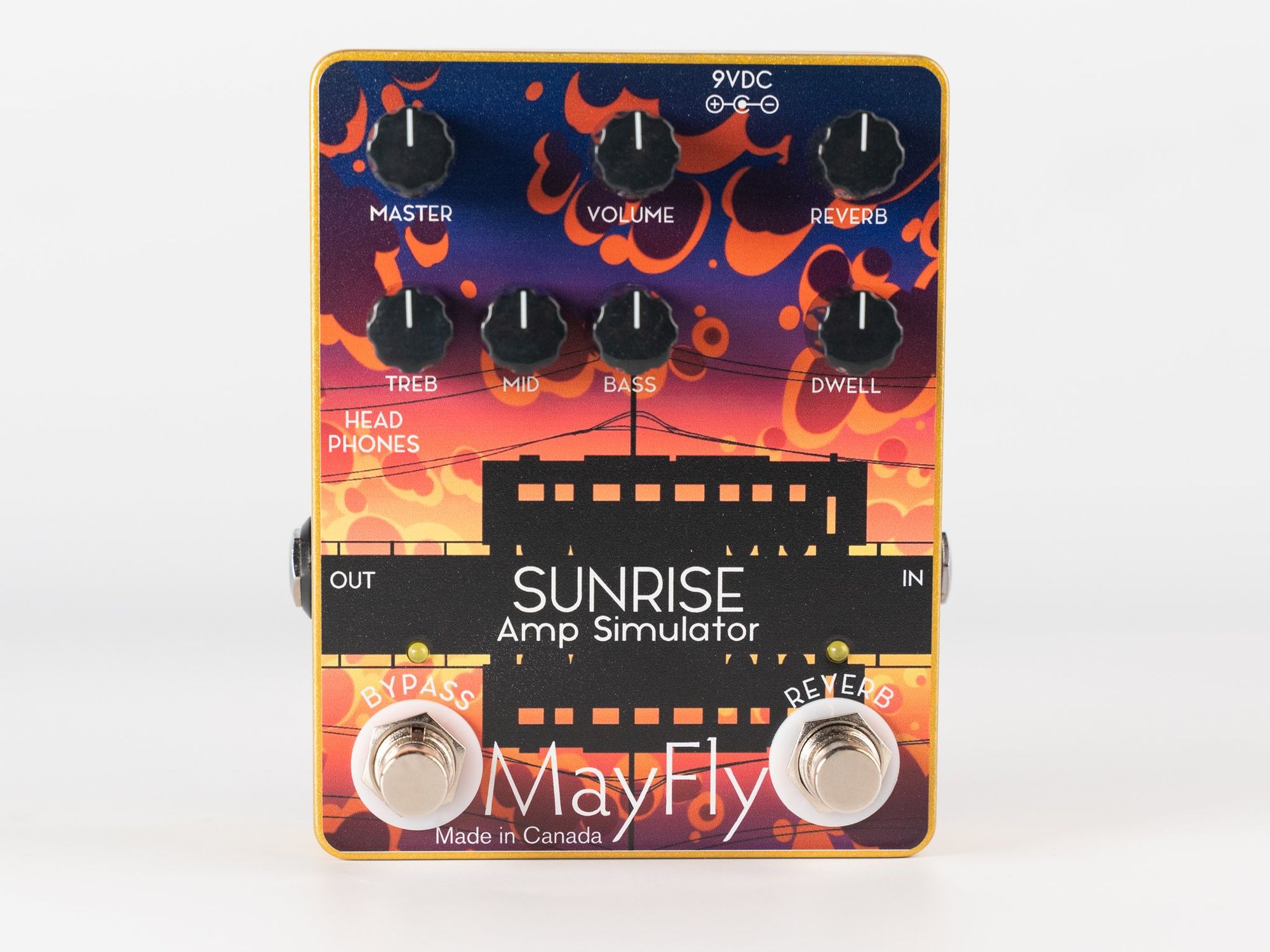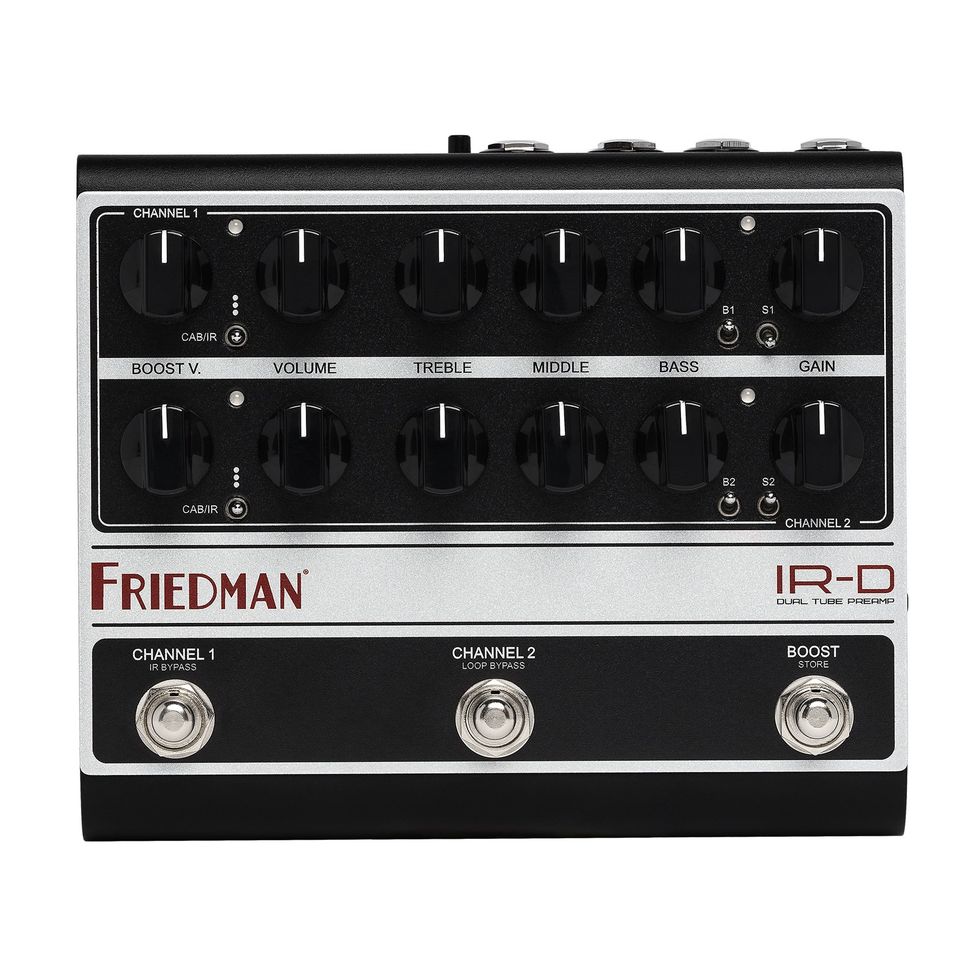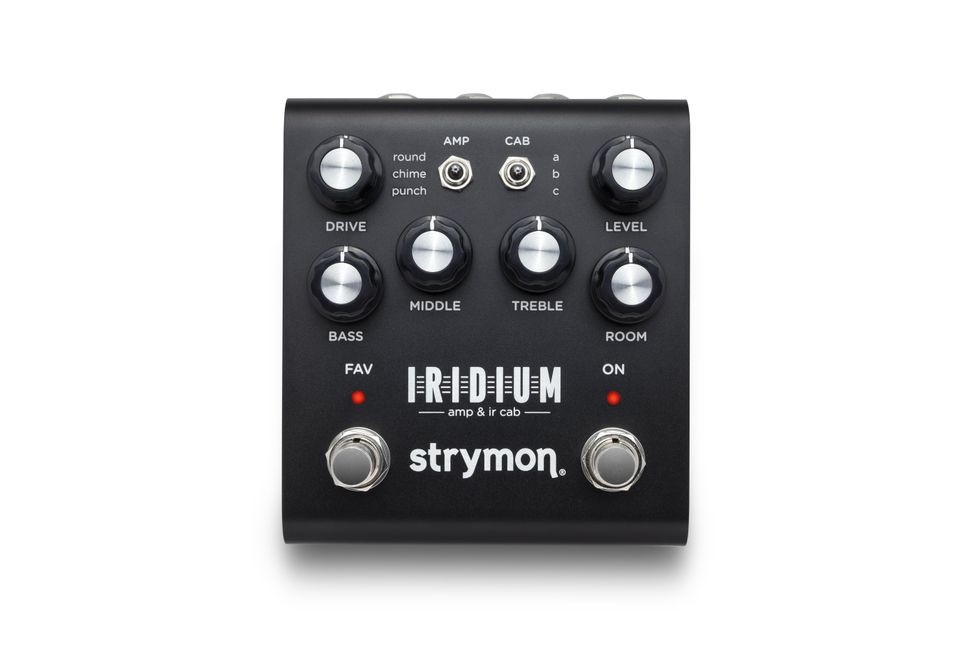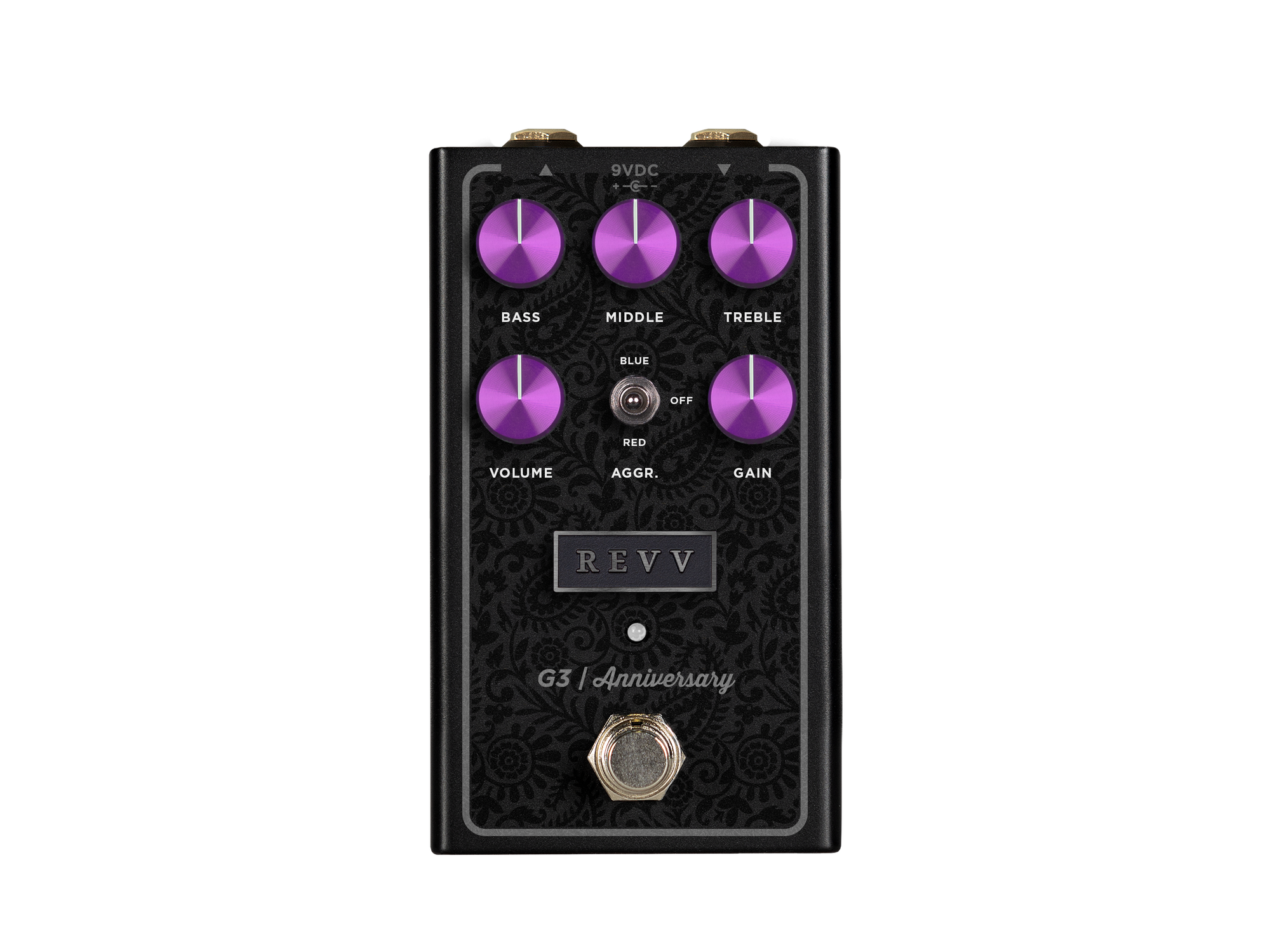If you're putting your first home recording rig together, or have been at it for years, you simply can't undervalue the importance of a good microphone or two—or five. There are hundreds of great options, so where to start? Here, to assist you on your search, we've rounded up a small gathering of solid ribbons, dynamics, and condensers.
Bluebird SL
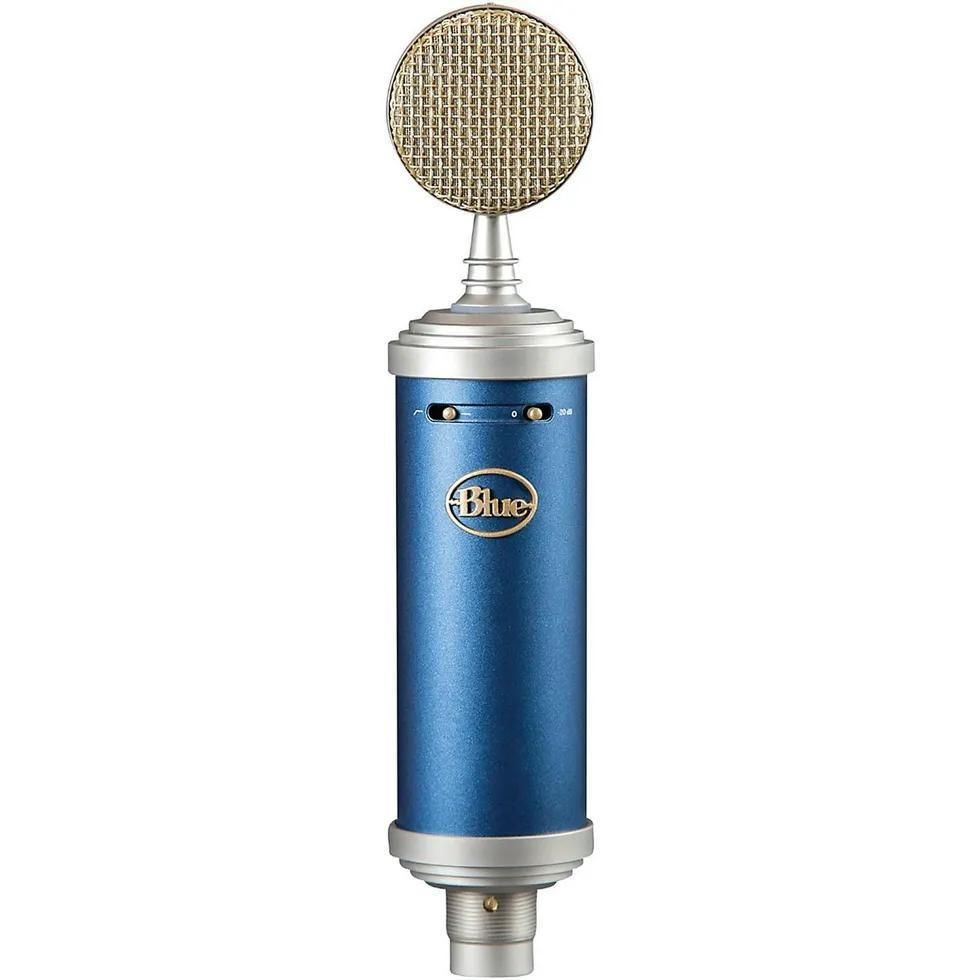
This mic's onboard switchable 100 Hz high-pass filter and -20 dB pad opens the flexibility to track a wide variety of sound sources, from detailed vocals to full-frequency guitar recordings.
SM57

Long considered a studio and stage staple, this versatile and affordable dynamic mic is uniquely designed to handle the high-pressure sound that explodes from amps and cabs.
MD 421-II
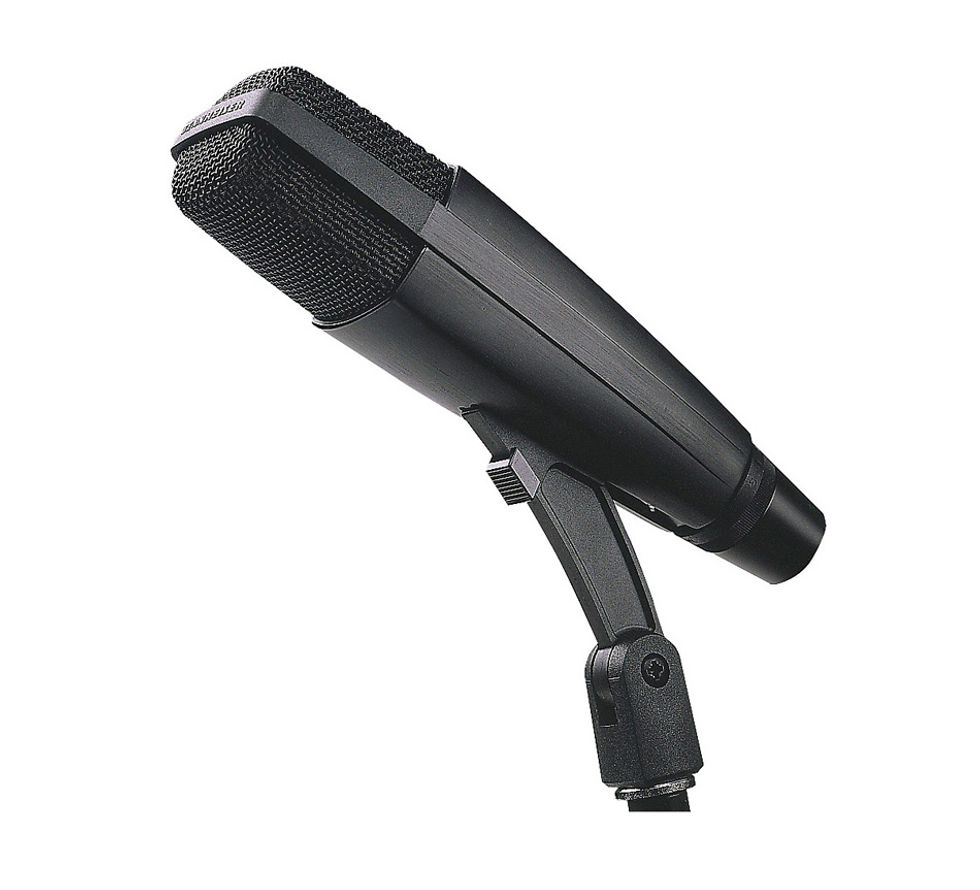
Continuing in the tradition of the company’s popular MD 421, this dynamic mic’s full-bodied cardioid pattern and 5-position bass control makes it a solid choice for many instruments.
ATM650
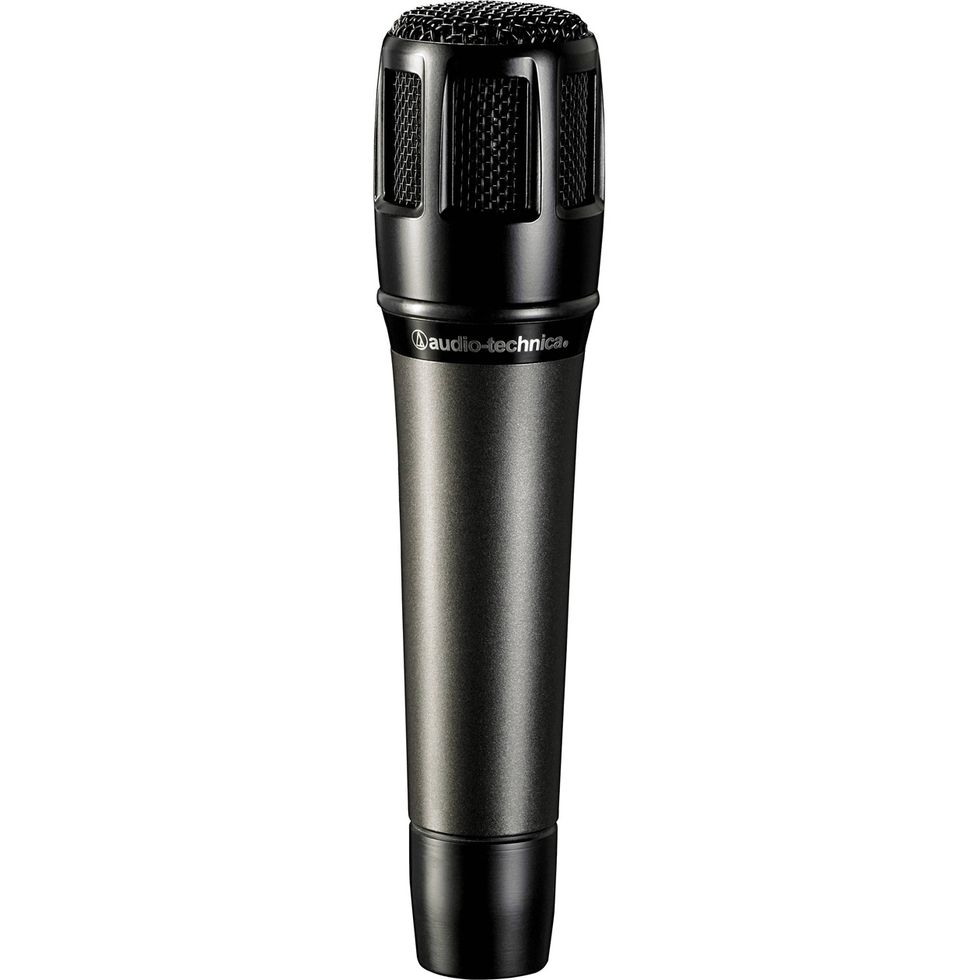
This neodymium-magnet-equipped dynamic mic features a multi-stage, flat-grille design for precise, close-in positioning, and has a frequency response tailored for the clear sound reproduction of guitar cabs.
NTI
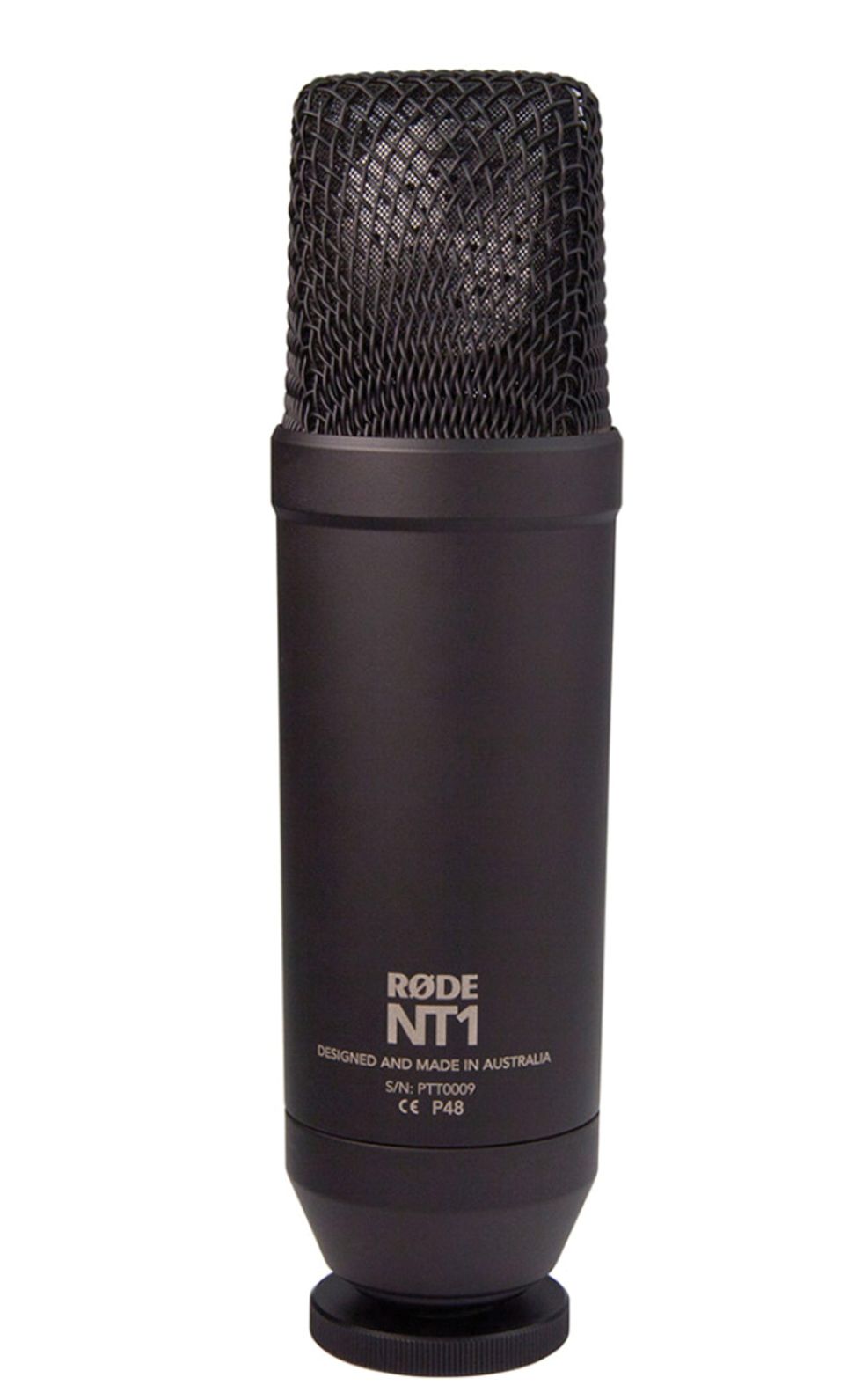
Whether recording vocals, acoustic instruments, or amp rigs, this 1"-diaphragm condenser features a handmade capsule designed for the smooth sound players expect from a vintage, solid-state mic.
C414 XLII
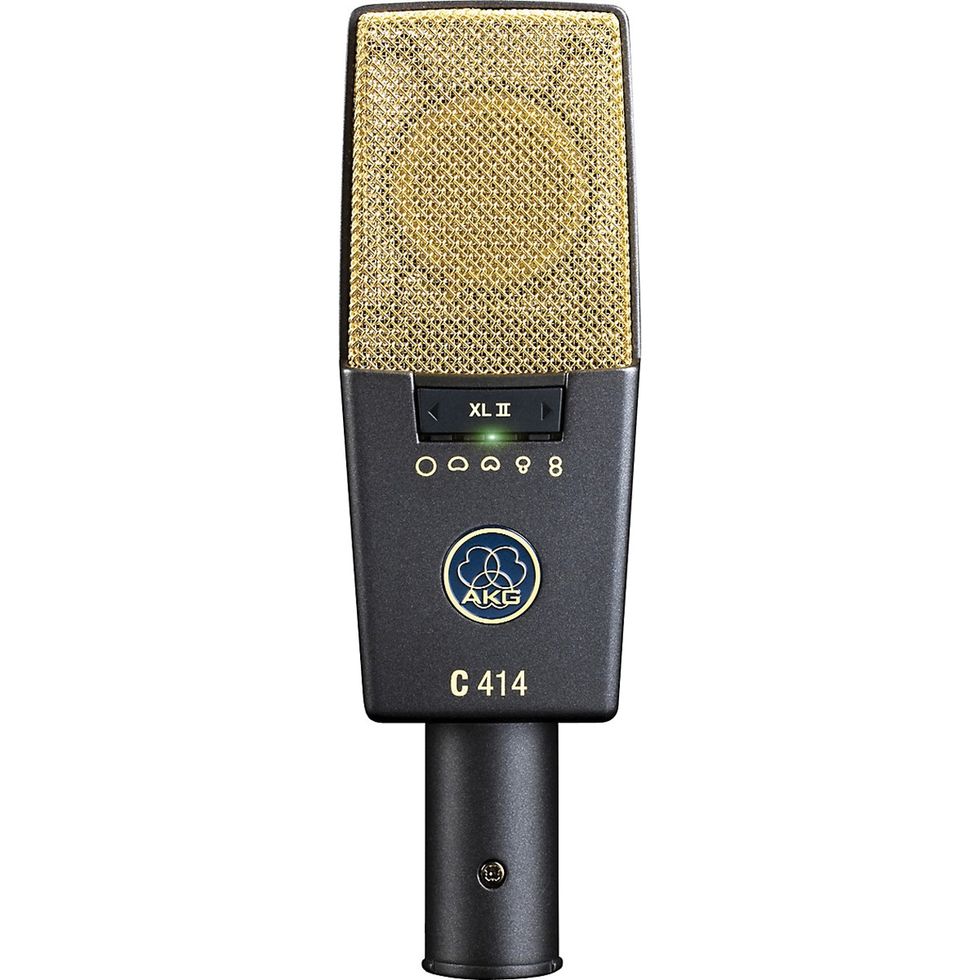
This condenser mic doesn’t come cheap, but it provides nine polar patterns to choose the ideal setting for multiple applications/environments, and boasts an impressive dynamic range of 152 dB.
R-10
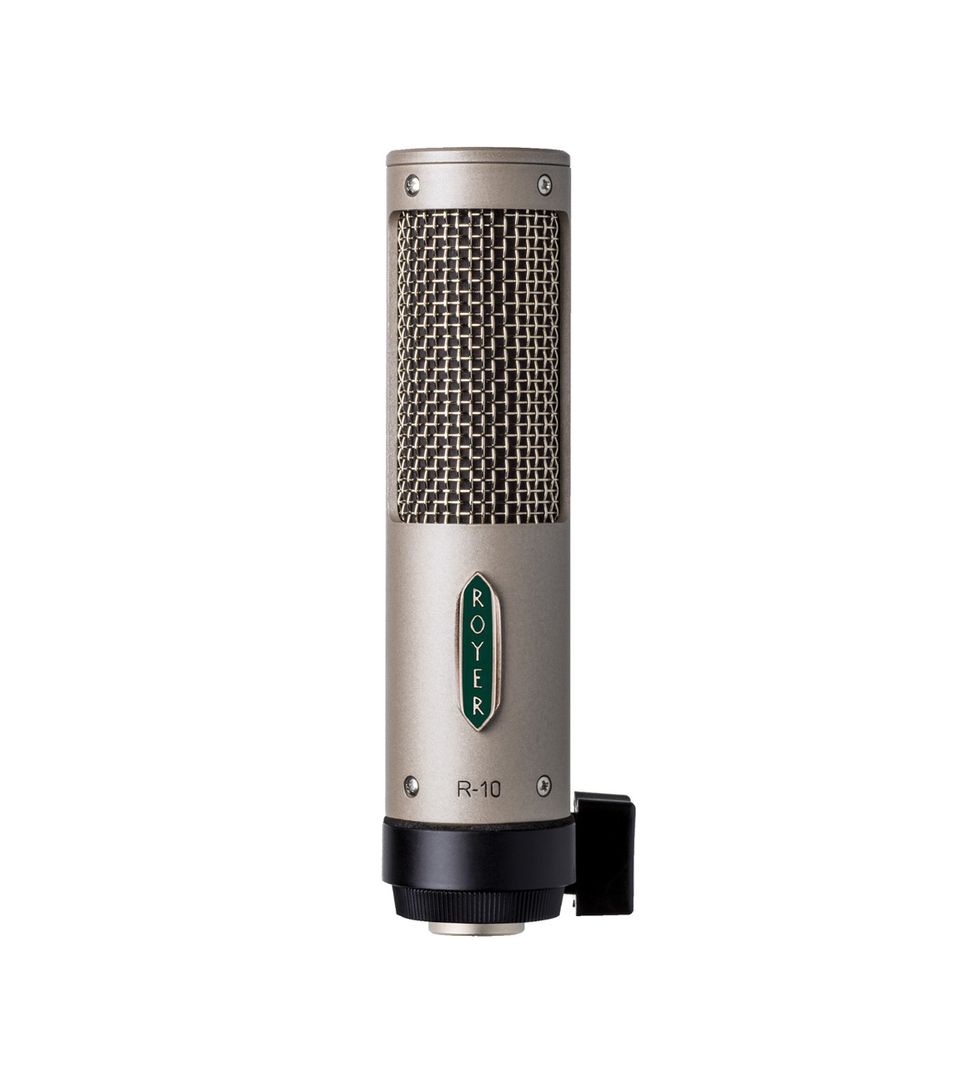
This passive ribbon mic is said to offer a balanced sound field with a flat frequency response and a maximum SPL of 160 dB at 1 kHz, so players can close-mic loud sources without fear of overload.
X1 R
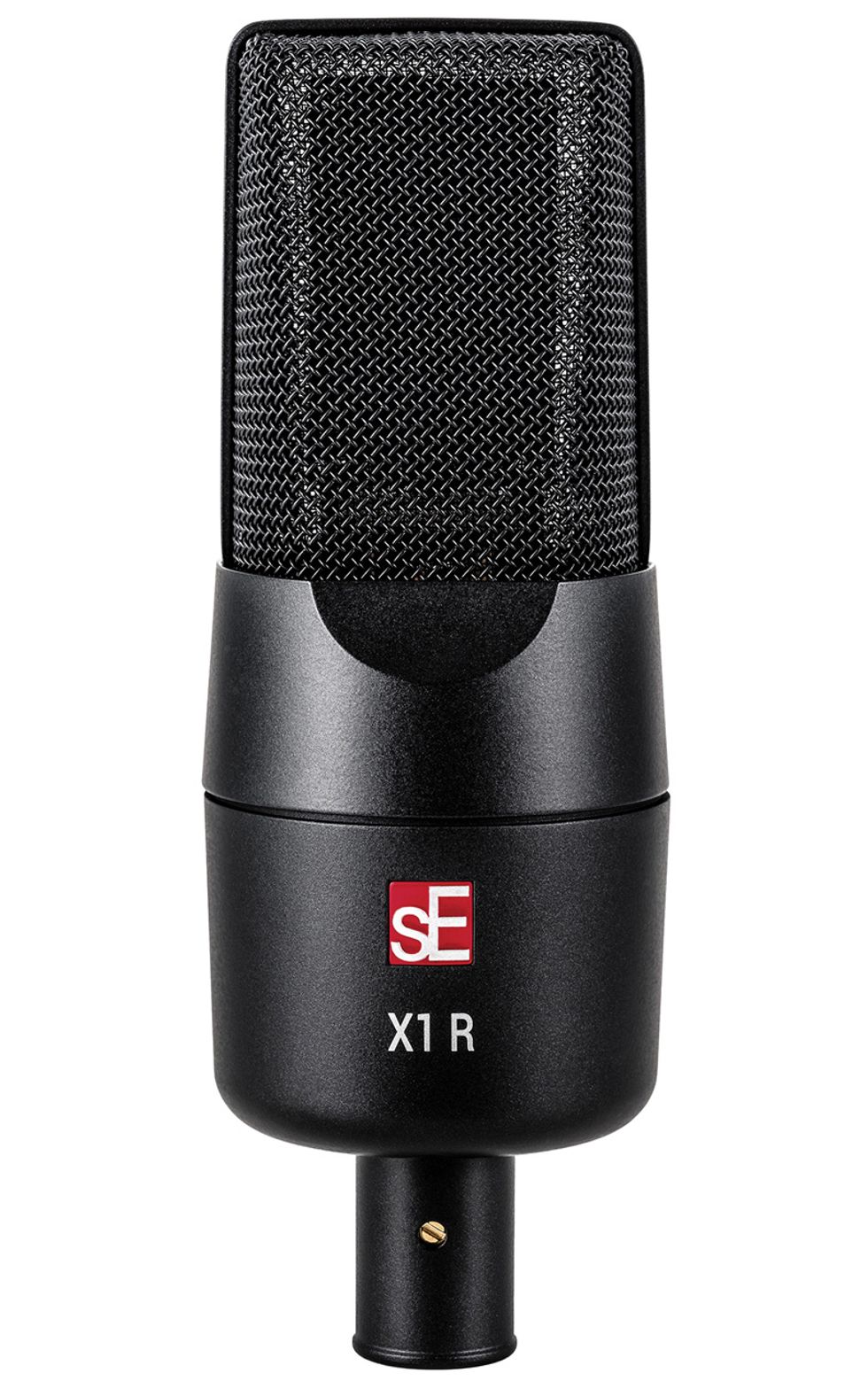
The tough construction of this mic was designed to handle any SPL, and its hybrid old and new ribbon technology provides all the organic qualities of ribbon sound, but with more versatility.
M 160

This double-ribbon mic that’s been used on countless rock classics in many applications features a hypercardioid pickup pattern, and is known for its transparency, transient response, and warmth.
CR-14
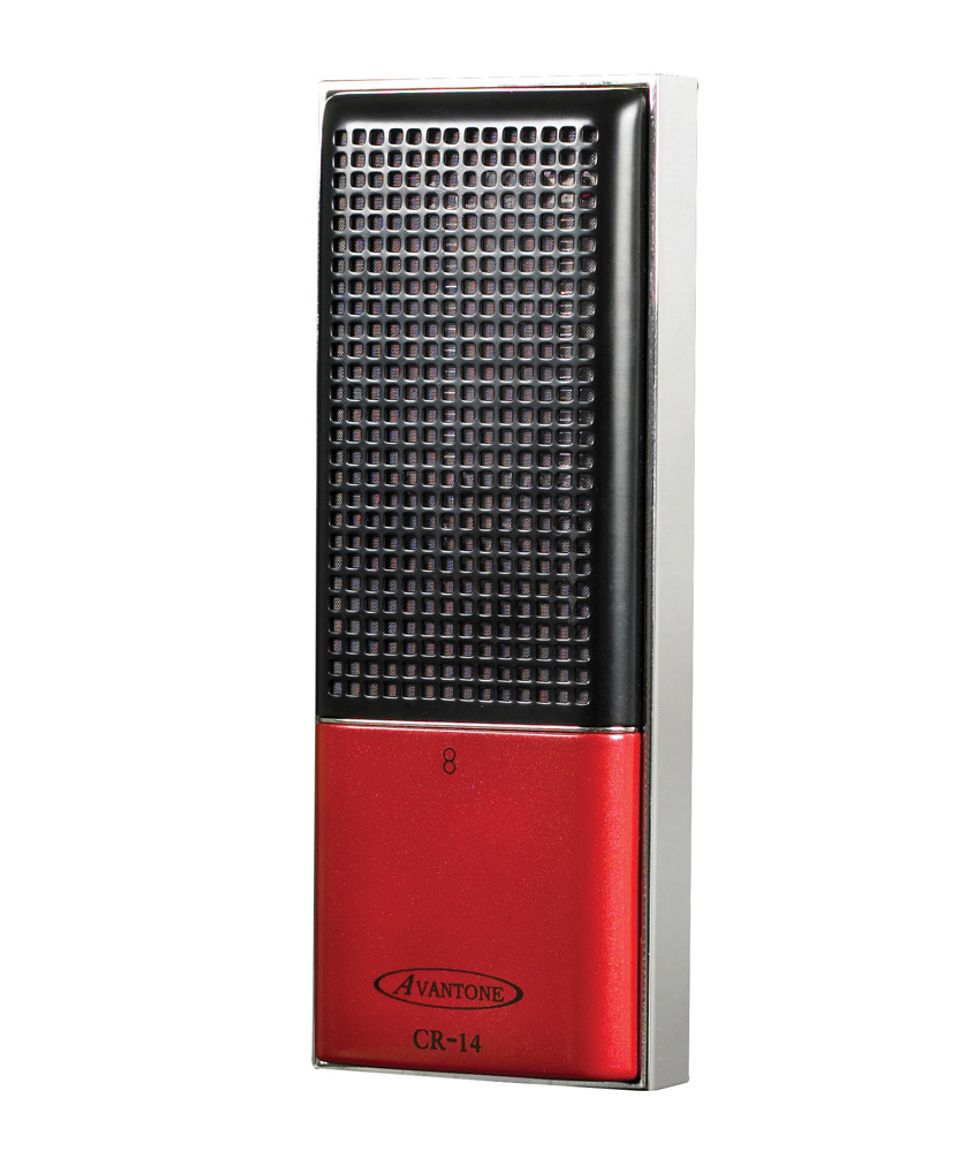
The dual, low-mass ribbon element of this mic is reported to possess a better sensitivity rating than most single-ribbon designs, leading to fast and accurate transient response and a 148 dB SPL capability.
[Updated 7/26/21]


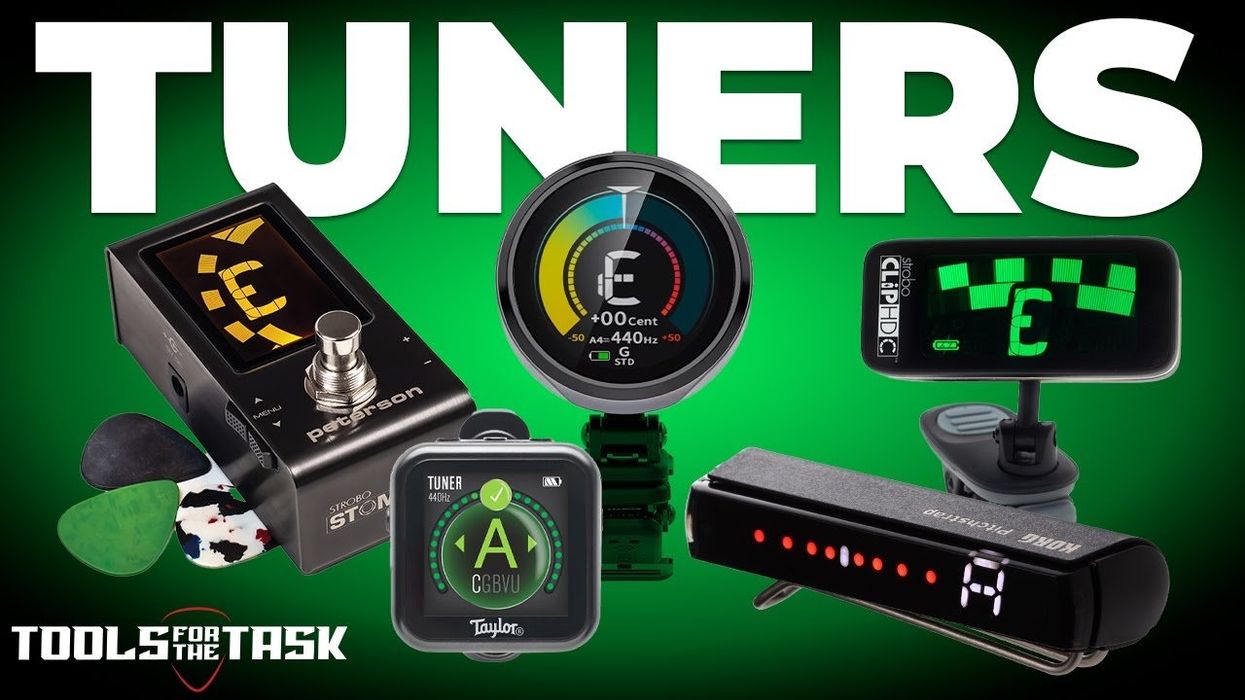
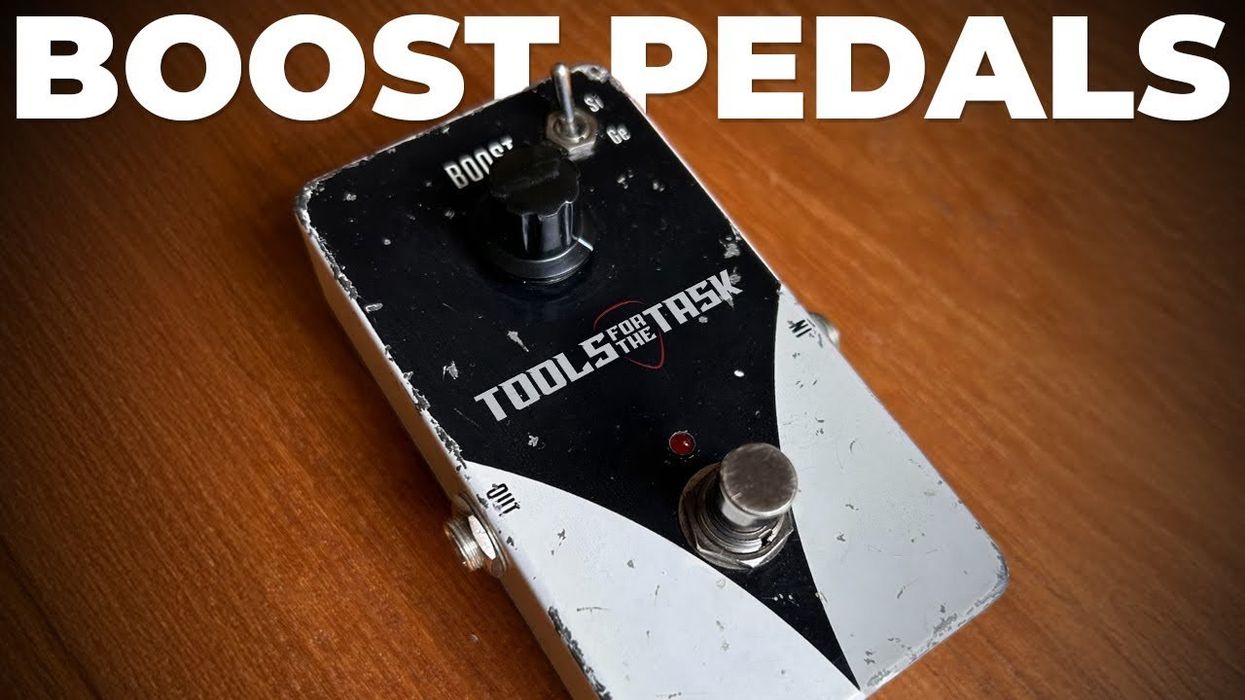
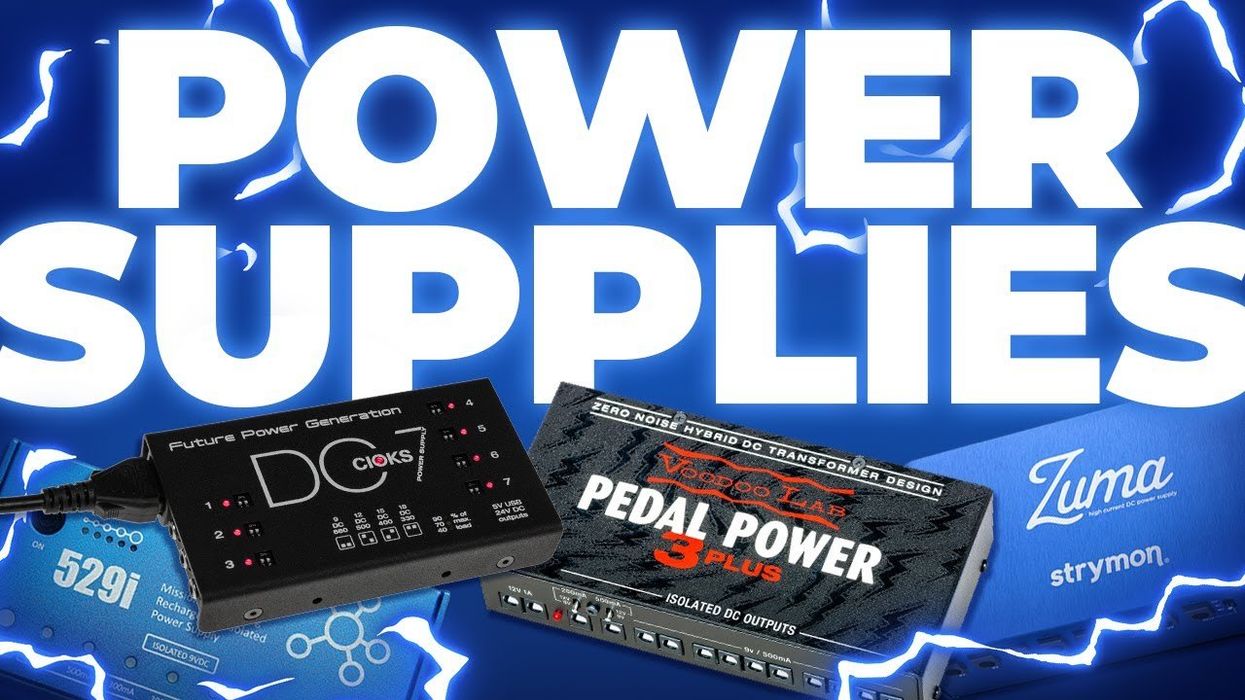
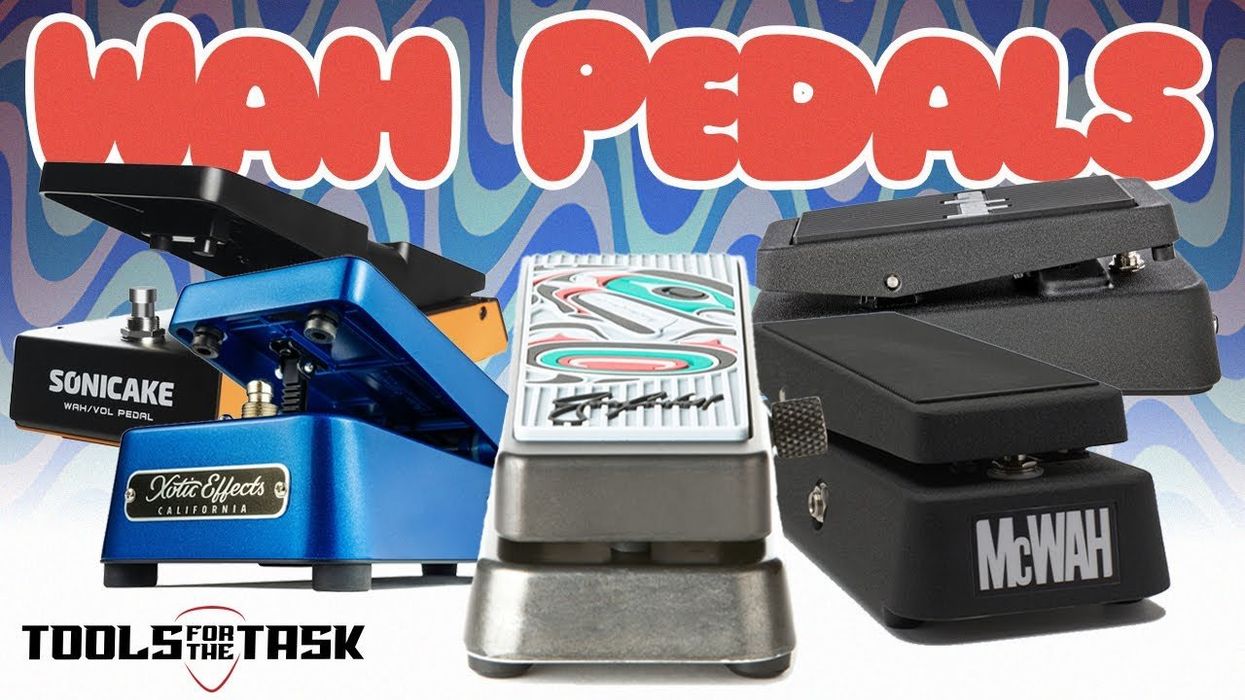

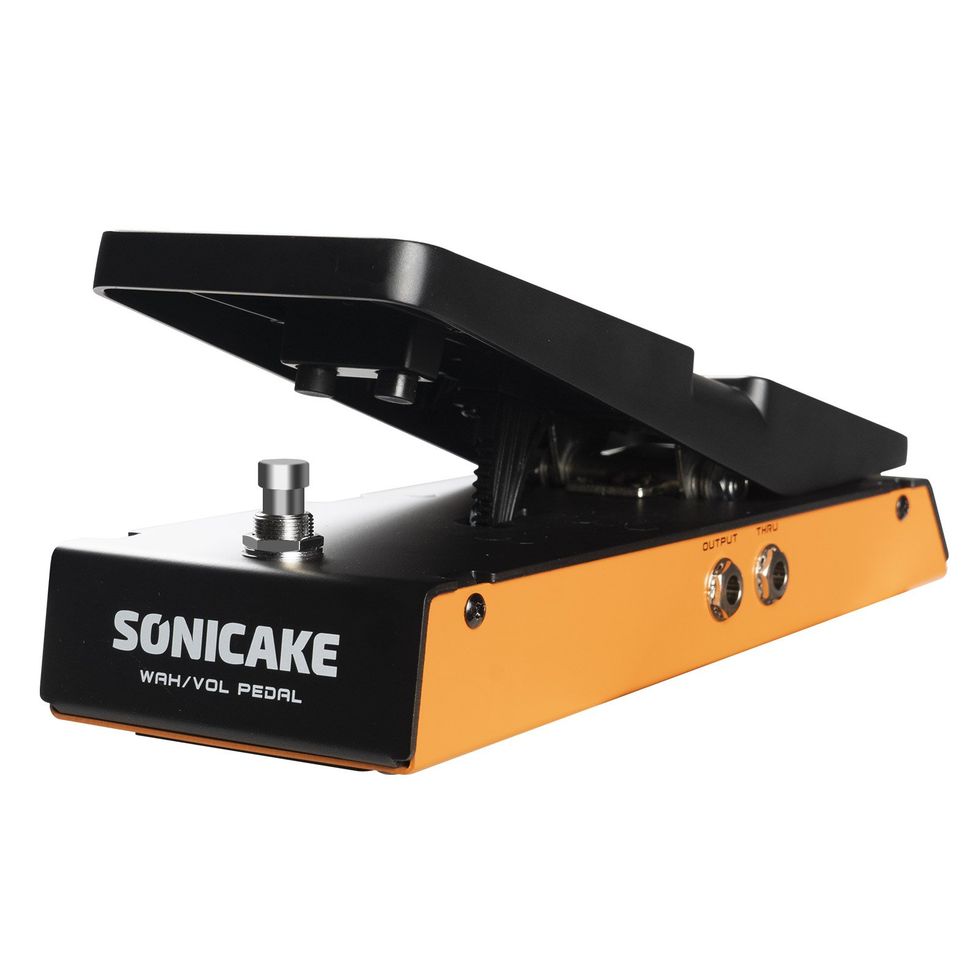
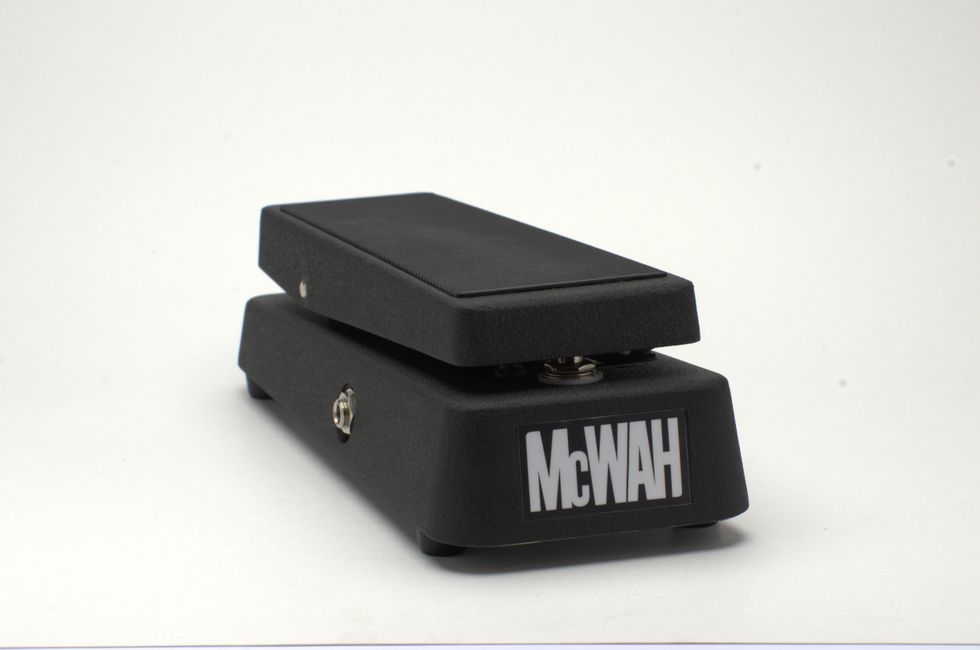






![Devon Eisenbarger [Katy Perry] Rig Rundown](https://www.premierguitar.com/media-library/youtube.jpg?id=61774583&width=1245&height=700&quality=70&coordinates=0%2C0%2C0%2C0)


